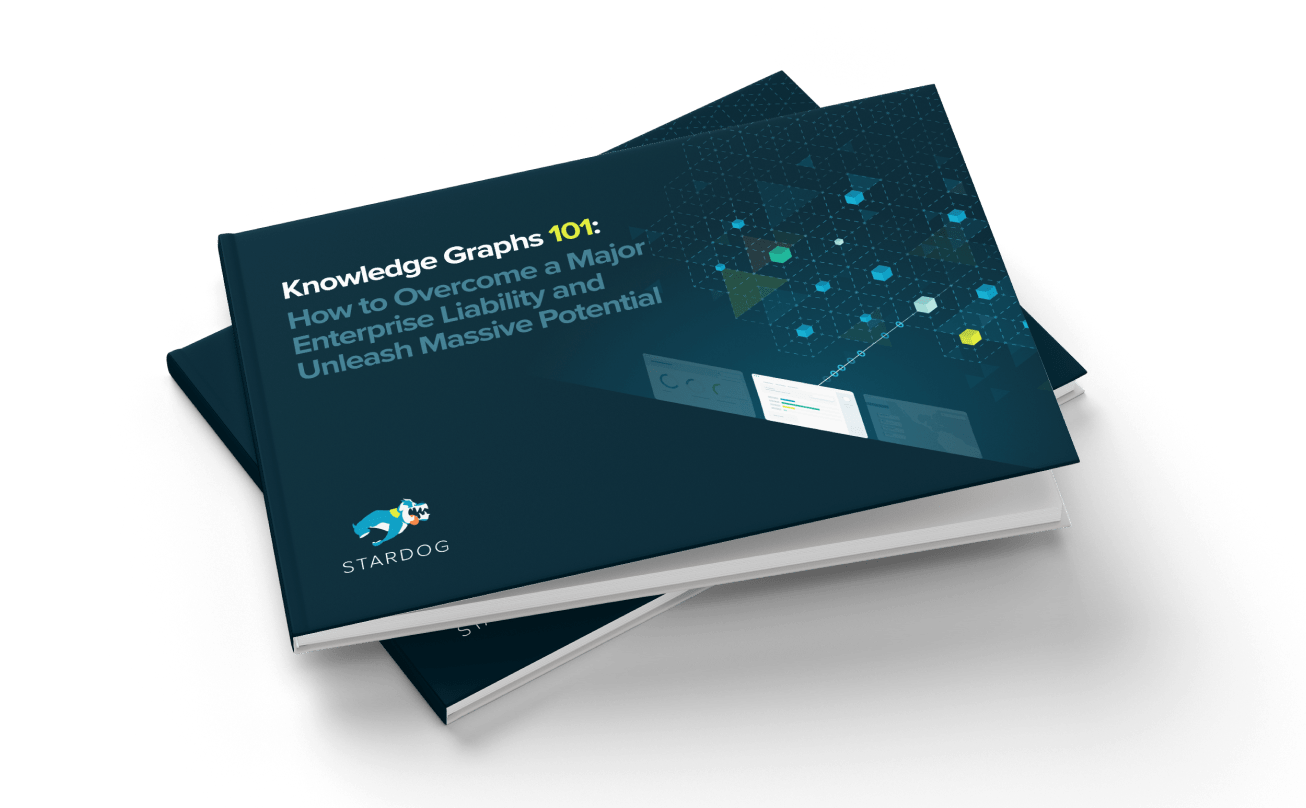Unifying Unstructured Data

Get the latest in your inbox

Get the latest in your inbox
Our mission is to unify all enterprise data in a single, coherent graph managed by Stardog, which includes, crucially at some organizations, unstructured data. Let’s preview upcoming Stardog features to make unstructured data unification much easier.
In the enterprise, data is everywhere. Some of it is unstructured text contained in every business document ever written or generated. Typically you don’t really care whether a pertinent fact exists in a document or database. You need a fact to do your job; or, just as often, some software process that fact to perform some analytic or calculation.
Since Stardog’s mission is to unify all enterprise data, we can’t ignore the billions of enterprise documents that contain vital information.
Of course Stardog is already really smart about unifying structured and semistructured data using capabilities like Virtual Graphs. So we asked ourselves and some of our customers what we could do to make it easier to unify unstructured data, too. The key point here is that data from documents and data from databases (or other structured sources) should appear in the Stardog graph on an equal footing.
Facts are facts. Data is (or, if you prefer correctness, are) data. All Stardog services and capabilities will just work over graphs of entities, their properties and relations, seamlessly whatever their ultimate origin or source.
But Stardog will also store and manage documents, search documents, and process documents. This means you can directly add your enterprise documents without any external tools.
Stardog’s search system is a full-text index based on Lucene. When combined with document text extraction, this becomes a search index over your entire document corpus. Documents are instantly searchable and queries can range over all your data available in, or through, the graph. As an example, consider a database with product details. A query can locate products given a set of constraints. This query can be extended to search through documents mentioning this product…all in one query.
Text content isn’t the only content available. Stardog will also extract document metadata. This includes Exif metadata from JPEG files, embedded metadata in Office documents, and standards-based metadata such as XMP in PDF files. Asserting explicit metadata directly into the graph allows querying over file formats, creation/modification dates, authors, keywords, titles and even f-stop and shutter speed in JPEG images.
At a very high level, the state of the art is to extract—using NLP, text mining, machine learning, etc.—structured and semistructured data from documents and store that data in the graph, together with a connection to the original document and some of its metadata.
Since “extraction algorithms” of this type work best when they are trained on (or otherwise take advantage of) your data, we also need to support hooks to call your NLP or mining pipeline and then store the data that it returns in Stardog. The best NLP is NLP specific to the document corpus in question, which means that in Stardog optimal extraction or mining of your documents will be implemented by your team.
Extraction is done with customized Java components which are plugged into Stardog. These components have full access to the database which allows adding relationships to, and correlating with, existing data. An extraction process is run on each document and expected to extract and return a set of RDF statements. This opens the possibility to do just about anything computable with document content. You can use pre-built machine learning models or NLP pipelines based on UIMA or third party services like Google’s TensorFlow.
Think of this as out-of-band blob storage. Stardog will support an HTTP service for storing and retrieving documents. Docs are not stored in the graph (because that’s silly) but, rather, in AWS S3, HDFS, or local file system.
Since NLP and text mining are lossy, imperfect techniques, in some use cases the original document context (and content), from which structured data has been extracted, should be retrievable for human inspection later on. And if you don’t need Stardog to manage the documents you send to it for processing, it’s completely optional.
All data extracted from a document, including RDF statements and full-text index entries, are stored in a named graph specific to that document. This allows for complete provenance tracking and fine-grained access control to documents and their extracted content.
Our mission is to unify all enterprise data. To do that we’re adding support for document handling to the next major release of Stardog.
Learn more about how we approach unstructured data.
How to Overcome a Major Enterprise Liability and Unleash Massive Potential
Download for free